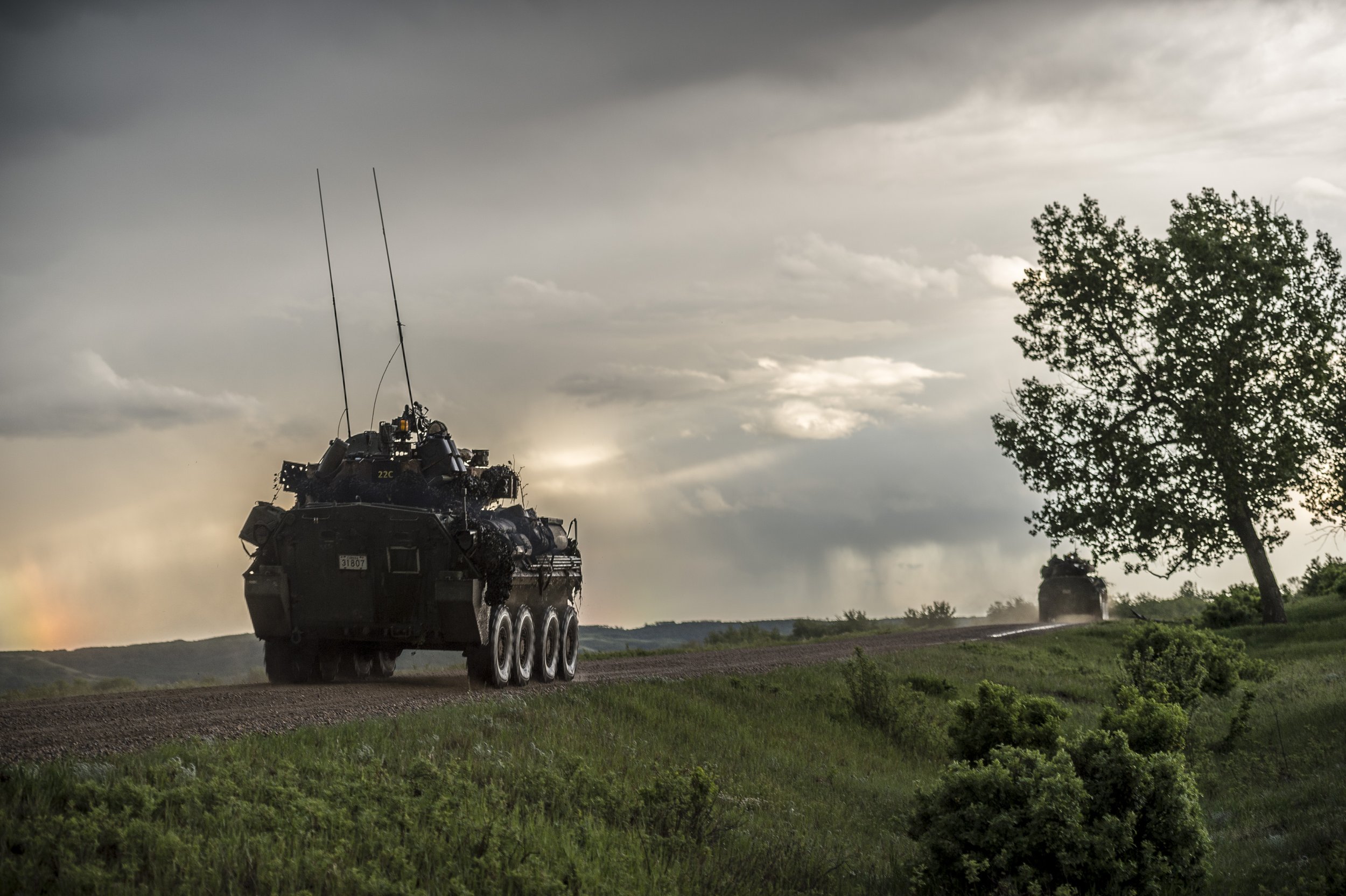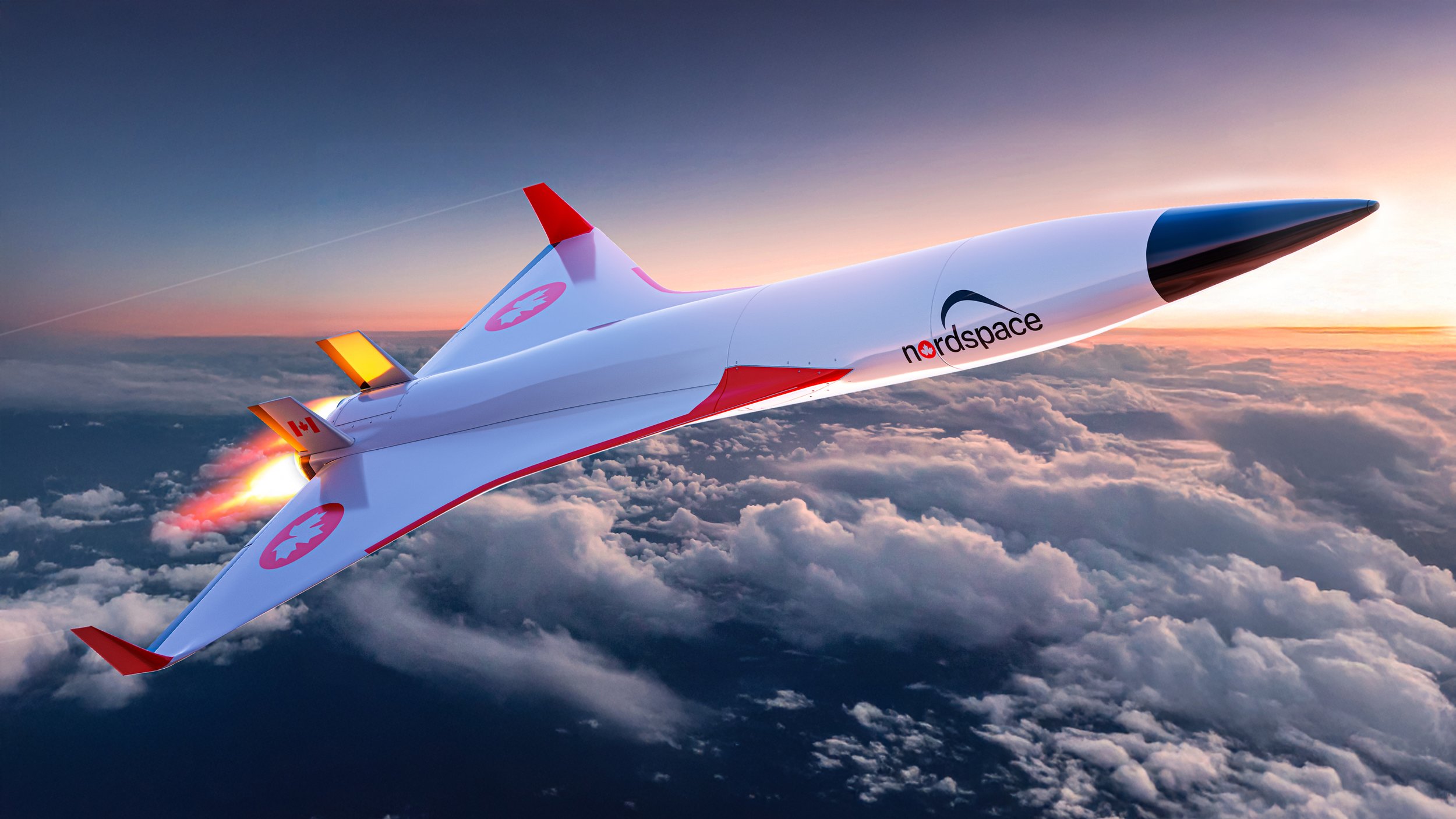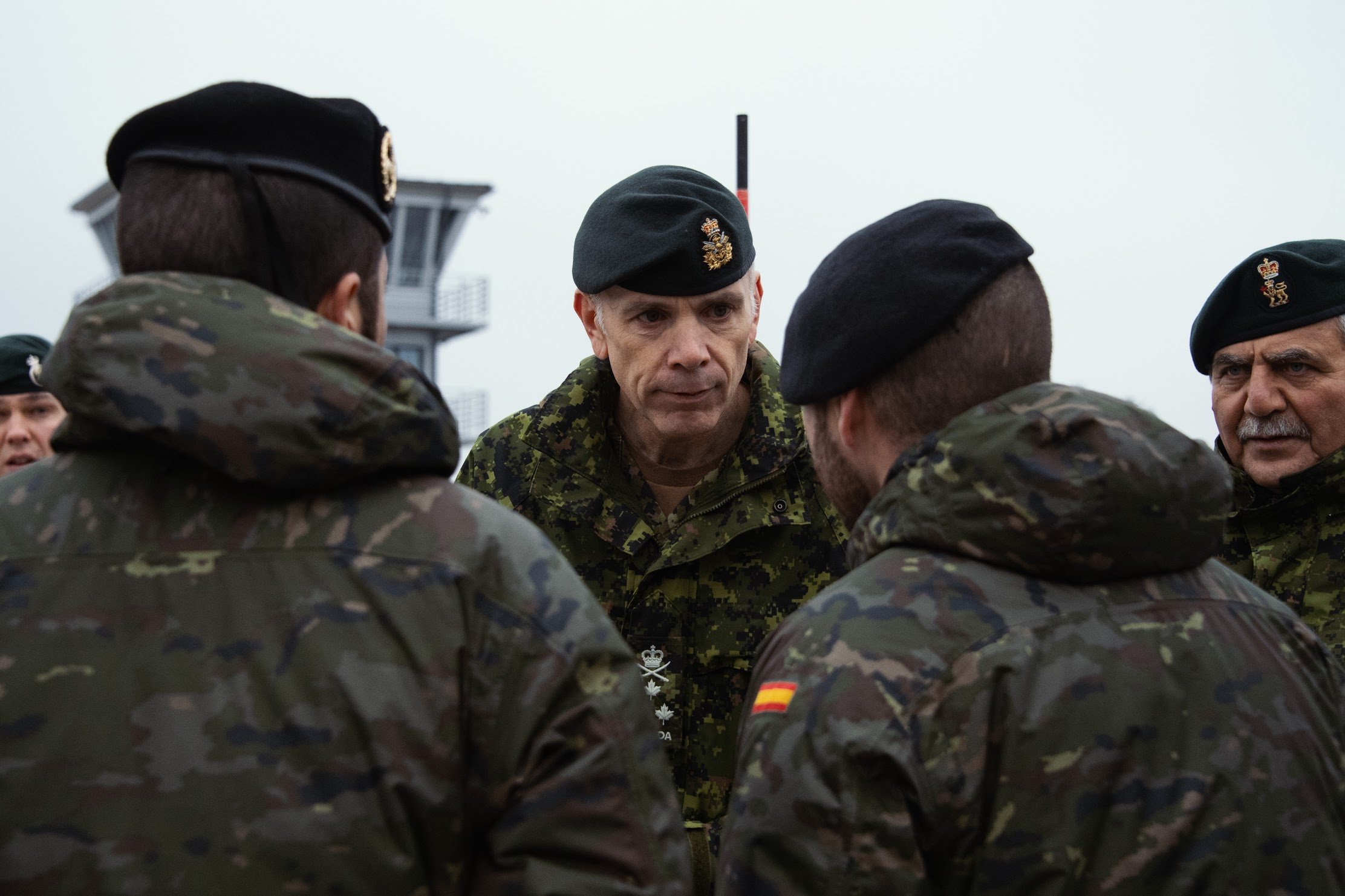
Watch our YouTube Channel
〰️
Watch our YouTube Channel 〰️

On June 9, Prime Minister Mark Carney pledged to raise defence spending to 2% of GDP by 2025–26, increasing the budget from $40B to $62.7B through new funds and budget reshuffling. Carney also announced CAF pay raises, new hires, a Coast Guard realignment, and a review of F-35 fighter jet purchases.
On June 9, Prime Minister Mark Carney announced Canada will immediately meet NATO's 2% defence spending target—$62.7 billion annually—boosting DND's budget by $9.3 billion. However, shortages in trained personnel, broken equipment, and housing delays hinder readiness. Meanwhile, NATO eyes a 5% target by 2035, raising future spending expectations significantly.
At CANSEC 2025, new Defence Minister David McGuinty pledged swift action to rebuild Canada’s military in partnership with industry. His use of “immediate” sparked optimism, though no concrete steps followed. Days later at NATO, he softened his stance, reflecting skepticism about Canada’s ability to meet rising defence spending targets.
From May 19–23, Quebec City hosted two French warships, including the powerful Mistral helicopter carrier. Canada once had the chance to acquire similar vessels at a bargain price, but political and budgetary hesitations led to missed opportunities. Egypt ultimately purchased them, and Canada continues to lack such versatile naval assets.

Exercise TRIDENT FURY 2025 wrapped after two weeks of multinational training on Vancouver Island involving over 1,000 personnel from Canada, the U.S., and Mexico. The exercise enhanced interoperability in maritime, air, and land operations, showcasing Canada’s commitment to joint readiness, sovereignty protection, and strengthening regional and global defence partnerships.
On June 24, Esprit de Corps attended a luncheon at Veterans House Canada, organized by Jay Sanko to support homeless veterans. Featuring Afghan-Canadian caterer Qais Azimy and attended by military leaders and city officials, the event highlighted community-driven efforts to expand veteran housing nationwide and honour those who served.
Commissionaires Nova Scotia marks its 100th anniversary at the 2025 Royal Nova Scotia International Tattoo by partnering with Mi’kmaq artist Emma Stevens to raise awareness about human trafficking. Stevens’ performance of “I Want to Rise” highlights Indigenous vulnerability, while CNS continues its advocacy with training initiatives and public outreach across Nova Scotia.

Prime Minister Mark Carney pledged over $9 billion in new defence funding, accelerating Canada’s timeline to meet NATO’s 2% GDP goal by 2026. Spending includes military pay raises, cyber defences, recruitment, and equipment upgrades. Carney also plans to reduce reliance on U.S. suppliers and strengthen Canada’s defence industry and Arctic capabilities.

A June 11, 2025 op-ed dismissing a mixed fighter jet fleet for Canada is criticized as unsupported and hyperbolic. The rebuttal emphasizes the need for detailed analysis on costs, operational capabilities, and political considerations—highlighting the F-35's $90B lifecycle cost and urging transparency in the government's decision-making process.
Mark Carney’s rapid rise to Liberal leader and Prime Minister has ushered in a whirlwind of ambitious reforms—particularly his bold pledge to meet NATO’s 2% defence spending target by March. With fast-tracked approvals, sweeping policies, and big spending, Carney’s leadership is defined by urgency, efficiency, and a transformative agenda.
Recent CAF equipment buys—like the C-19 rifle, Harry DeWolf ships, and new handguns—ignore sound business logic. Alternatives, such as upgrading Lee-Enfields or refitting foreign vessels, could cut costs and boost Canadian industry. A practical businessman would prioritize value, efficiency, and local production over prestige and inflated spending.

Barry Pitcher, a veteran of both the CAF and RCMP, brings a people-first, mission-driven leadership style to his role as CEO of Commissionaires Nova Scotia. His career is marked by operational excellence, resilience, advocacy for inclusion, and a deep commitment to veterans, community safety, and meaningful service beyond the uniform.



Canada lacks sovereign satellite launch capability, relying on foreign partners. NordSpace is developing Canada’s first orbital launch vehicle and spaceport, with its SHARP program offering dual-use, cold-weather space systems. Other innovations include Arctic mobility vehicles, submarine simulation training, and 3D-printed submarine parts, highlighting growing domestic defence and aerospace advancements.















































At the NATO summit, PM Mark Carney pledged to raise Canada’s defence spending to 2% of GDP by 2026 and eventually 5% by 2035. While $9B is new funding, most is reallocated. A broader definition of defence could support mining projects like Yukon’s Mactung tungsten deposit to reduce reliance on China.